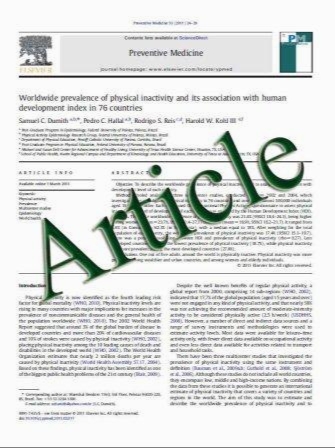Evidence of tubular damage in the very early stage of chronic kidney disease of uncertain etiology in the North Central Province of Sri Lanka: a cross-sectional study
- نوع فایل : کتاب
- زبان : انگلیسی
- مؤلف : Shanika Nanayakkara S. T. M. L. D. Senevirathna Upul Karunaratne Rohana Chandrajith Kouji H. Harada Toshiaki Hitomi Takao Watanabe Tilak
- چاپ و سال / کشور: 2011
Description
Background In the North Central Province of Sri Lanka, chronic kidney disease of uncertain etiology (CKDue) has increased markedly over the past 15–20 years. Methods From around 4,700 patients who were followed up, 106 affected patients who visited two local clinics in the endemic area for CKDue on August 10, 2009 and 10 pedigrees of 10 of these cases with familial clustering of CKDue participated in this study. Urine samples, collected from affected patients (n = 106), unaffected relative controls (n = 81), and Japanese controls (n = 50), were analyzed for two tubular markers: a1-microglobulin and N-acetyl-b-D-glucosaminidase. Urine samples from patients with CKDue stages 1–4 (n = 101) and all the samples from unaffected relatives and Japanese controls were analyzed for urinary cadmium concentration. Results Urinary excretion of a1-microglobulin was elevated even in the earliest stage of CKDue compared with its levels in unaffected relative controls. Urinary excretion of N-acetyl-b-D-glucosaminidase was elevated only in stage 5. In contrast, urinary cadmium excretion was similar in CKDue patients and in the unaffected relative controls, and levels in both these groups were significantly lower than the level in the Japanese controls. All levels were below the threshold level for renal toxicity, indicating the absence of any evidence of cadmium toxicity. Conclusions The present study indicates that renal tubular damage occurs in the very early stage of CKDue and demonstrates the existence of familial clustering,
Environ Health Prev Med DOI 10.1007/s12199-011-0224-z Received: 20 May 2011 / Accepted: 30 May 2011


